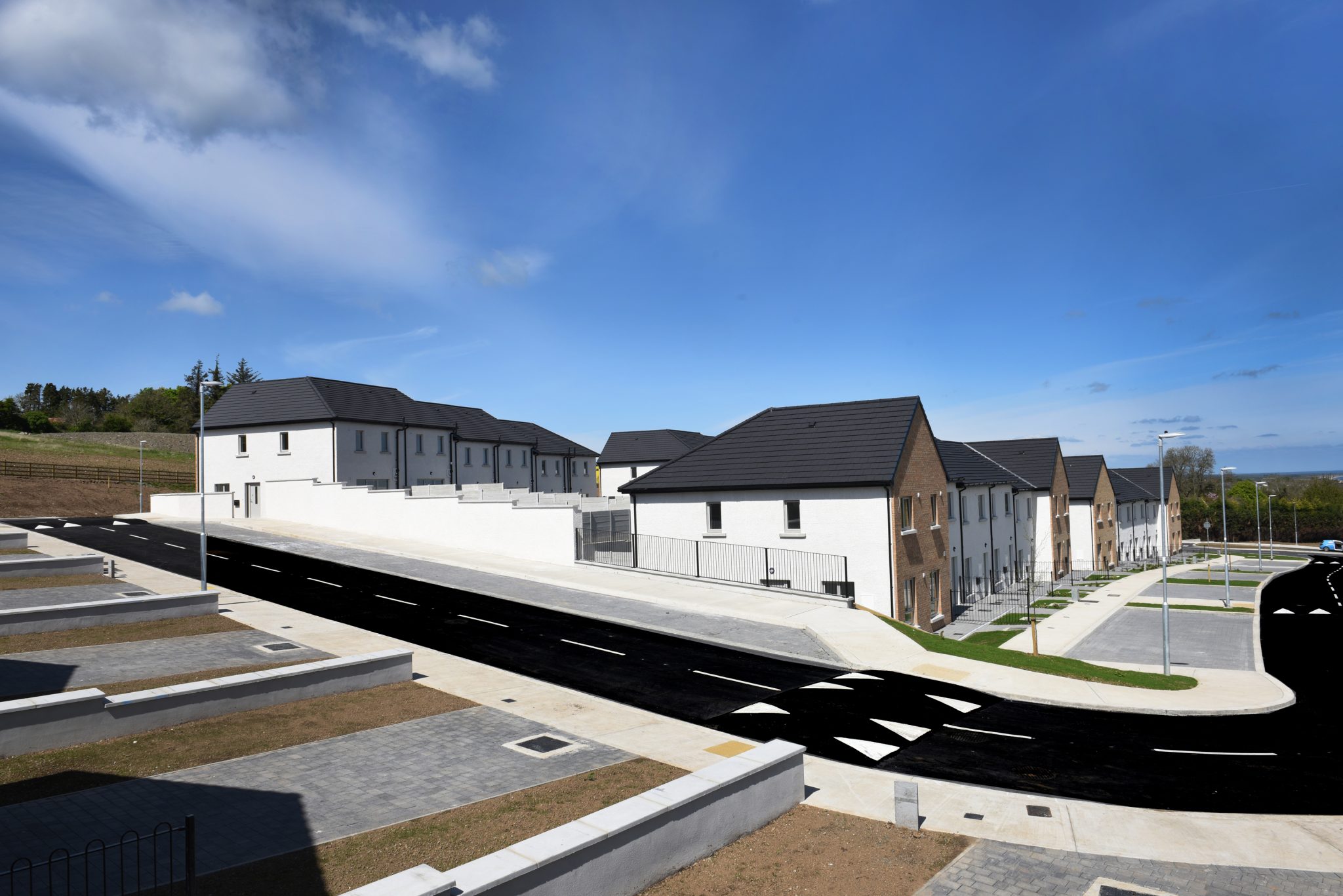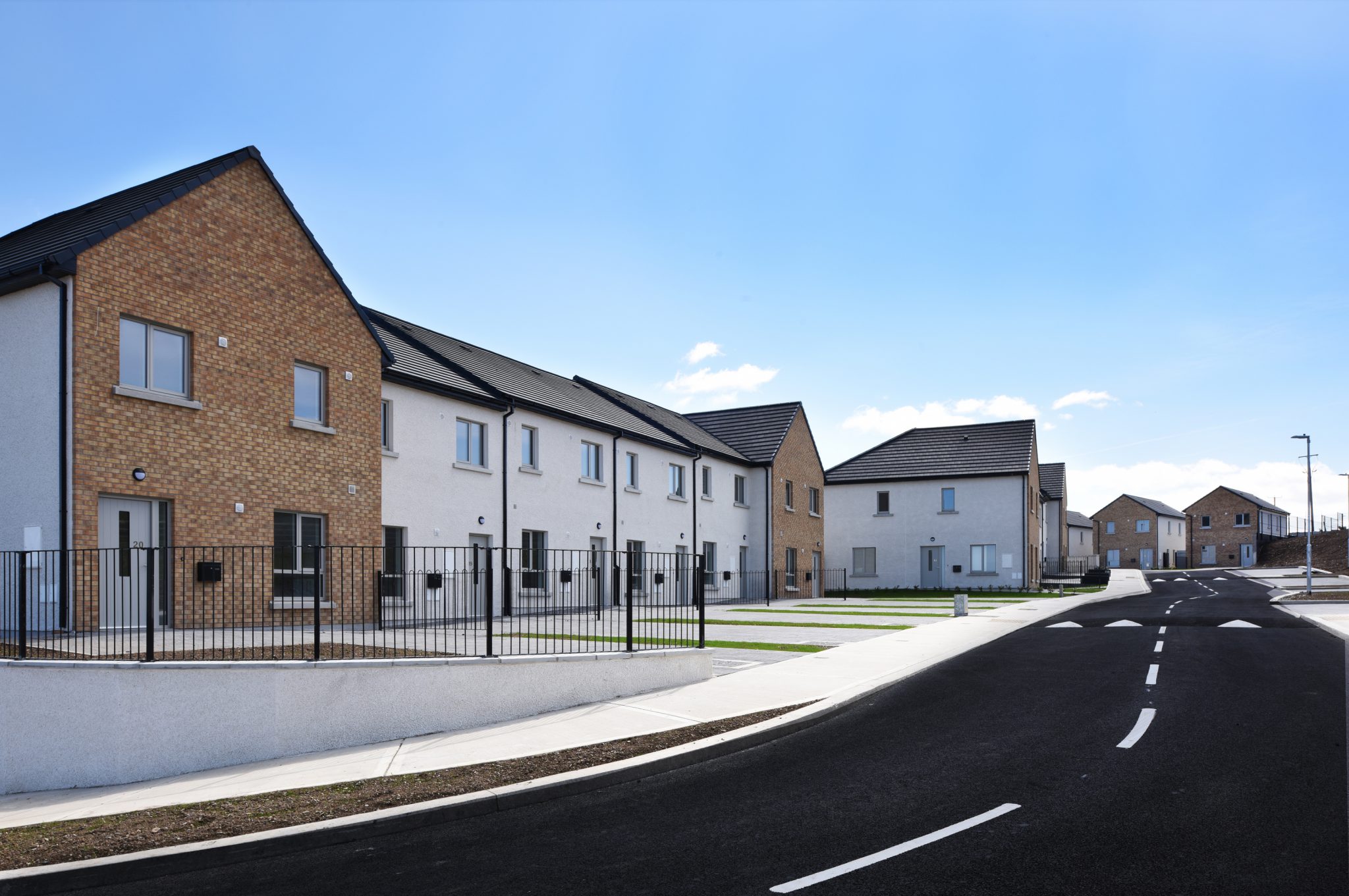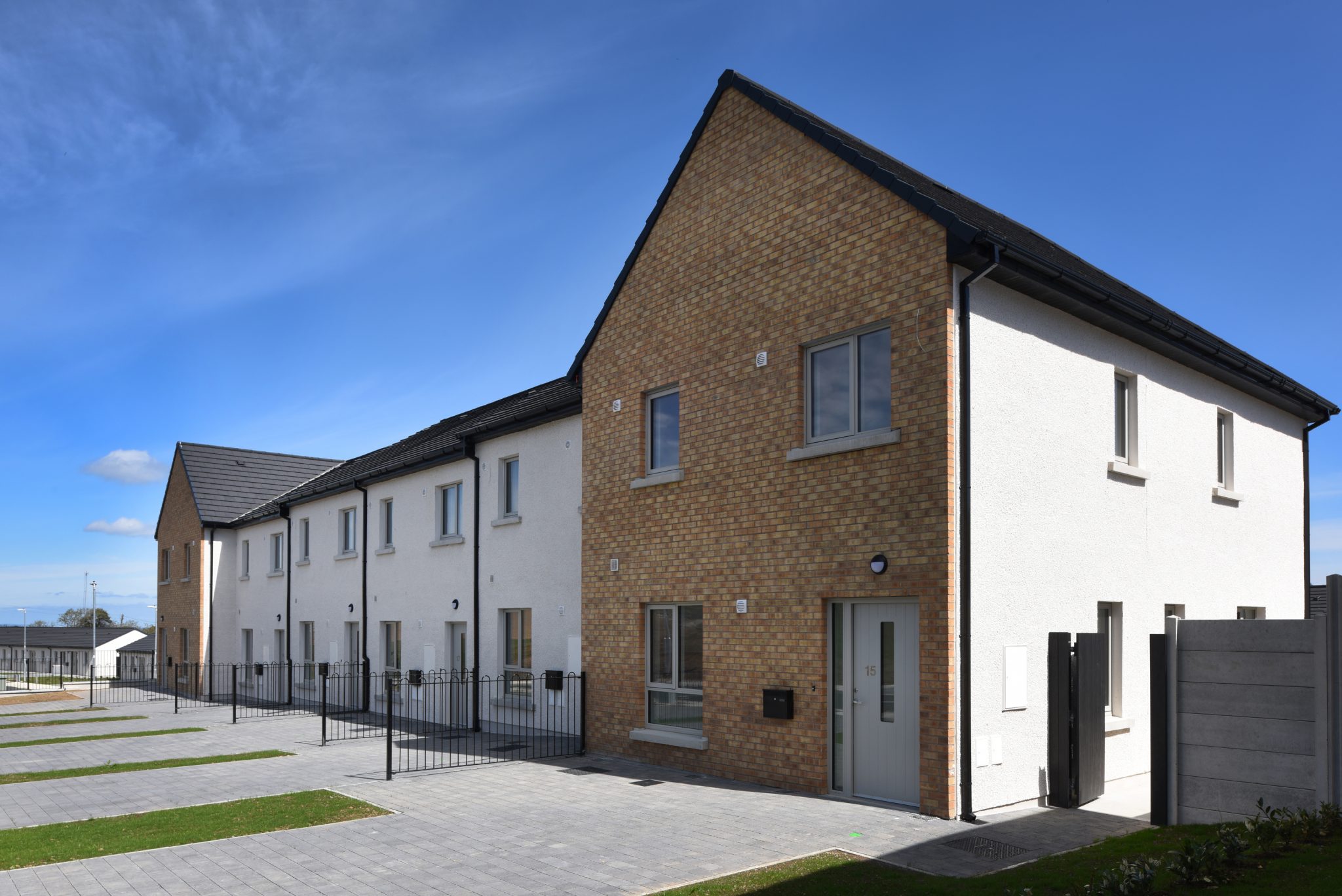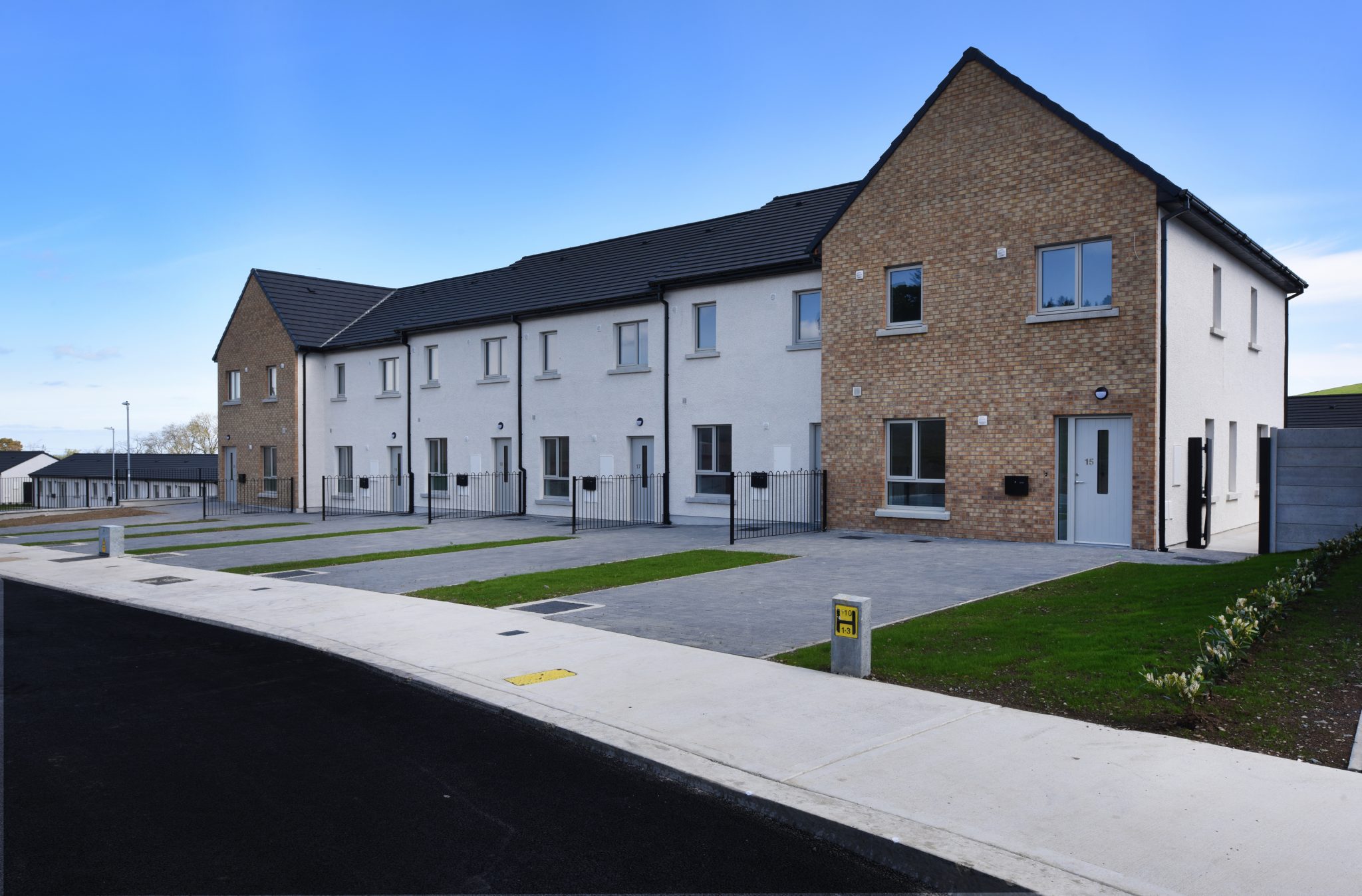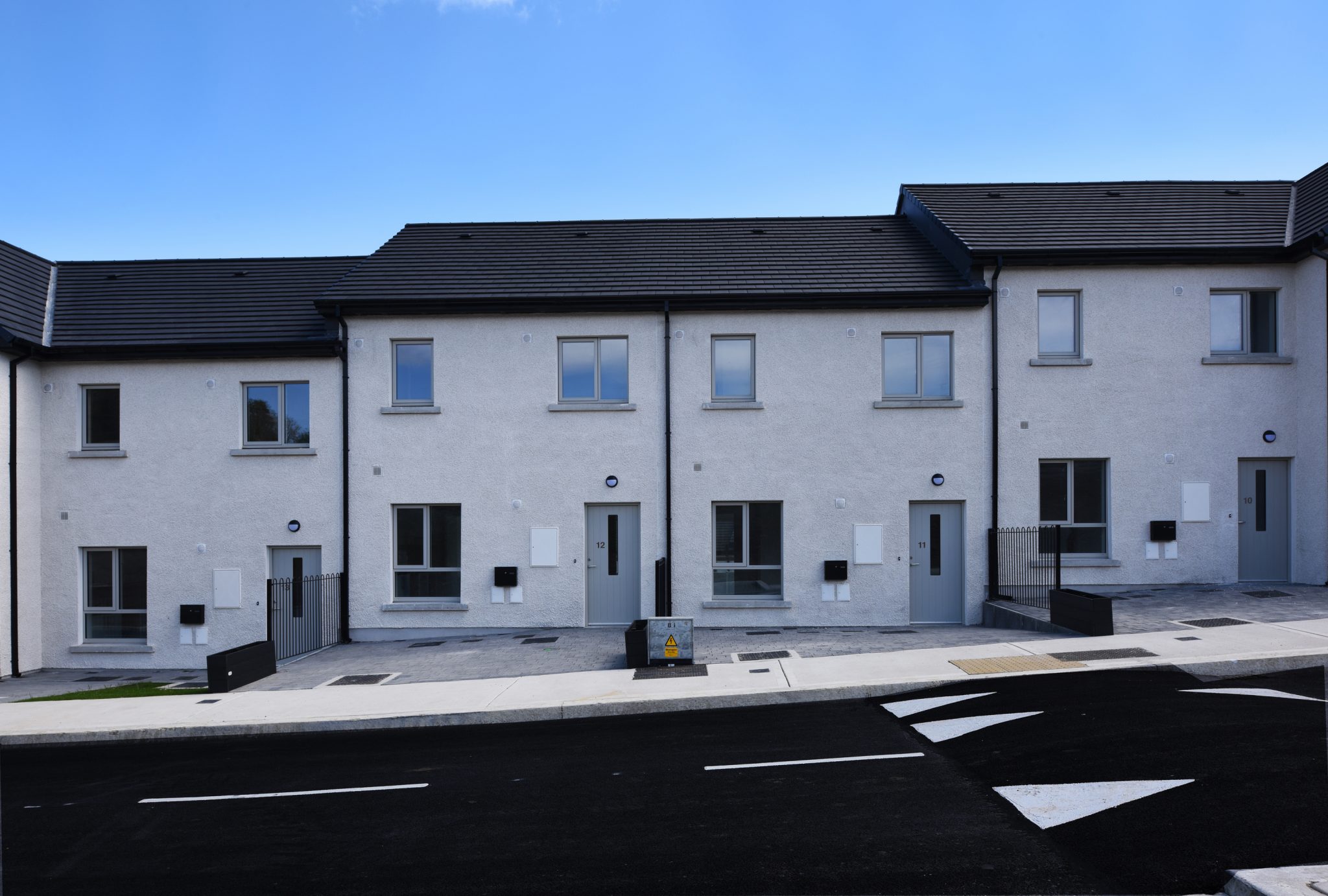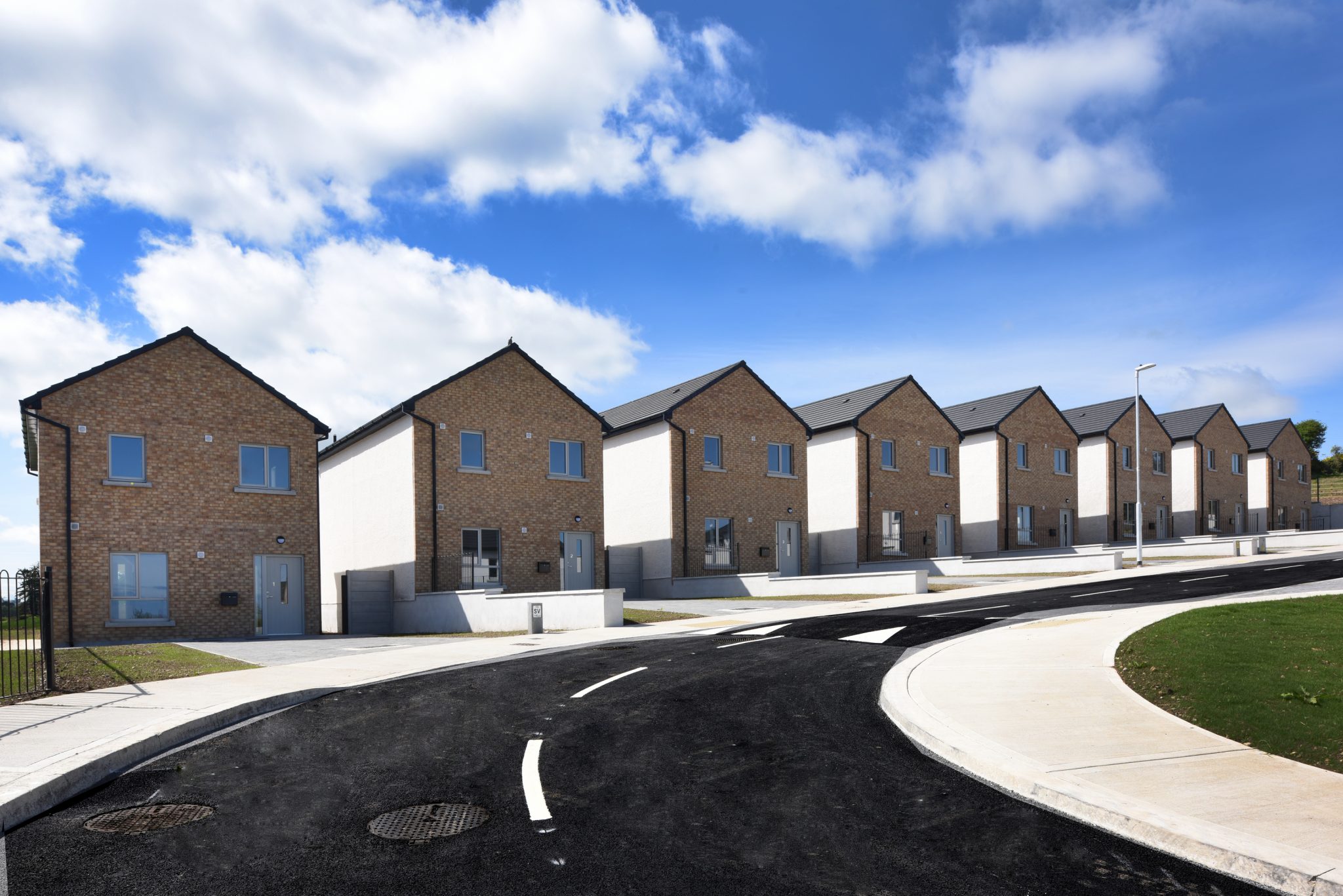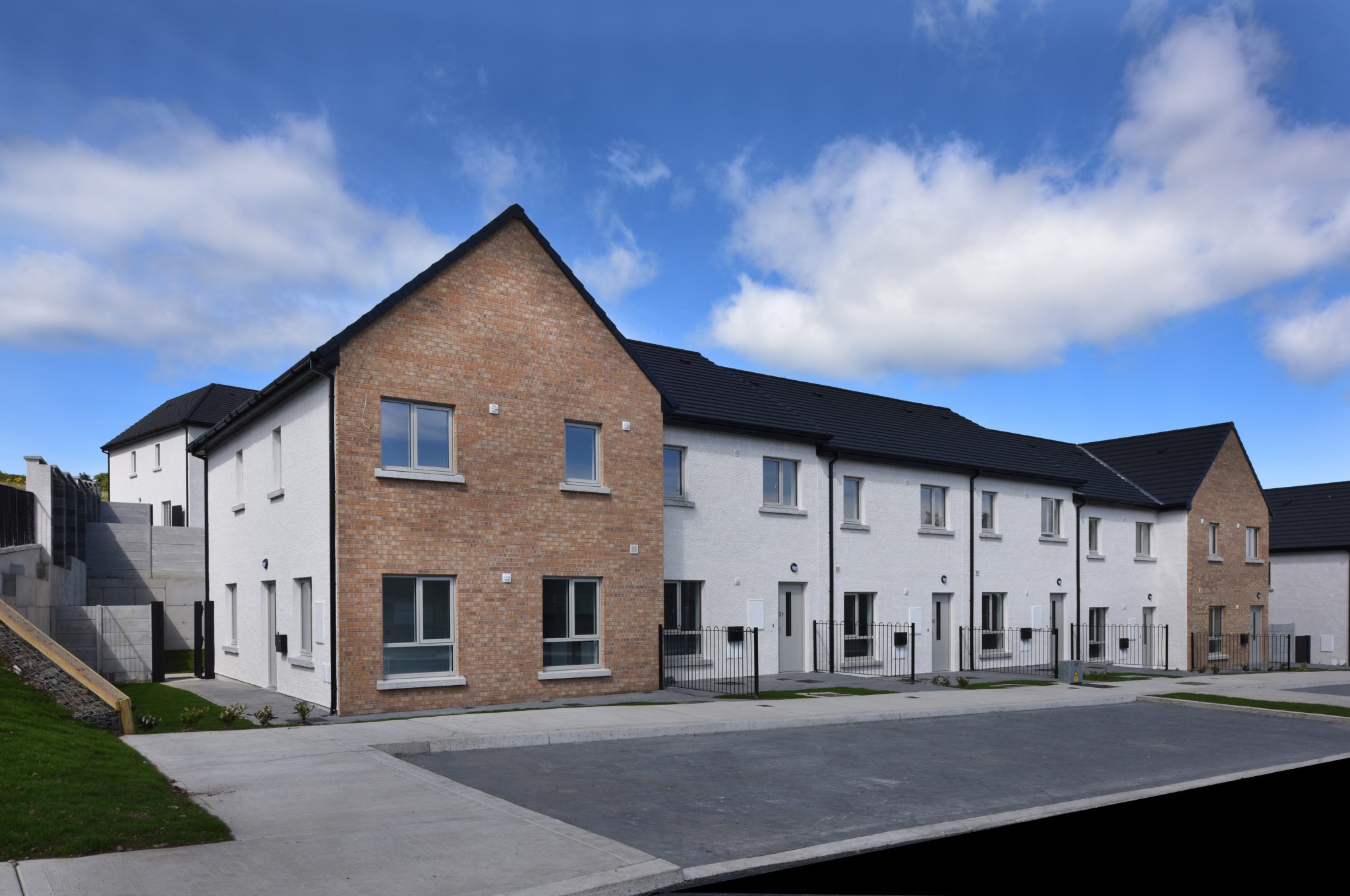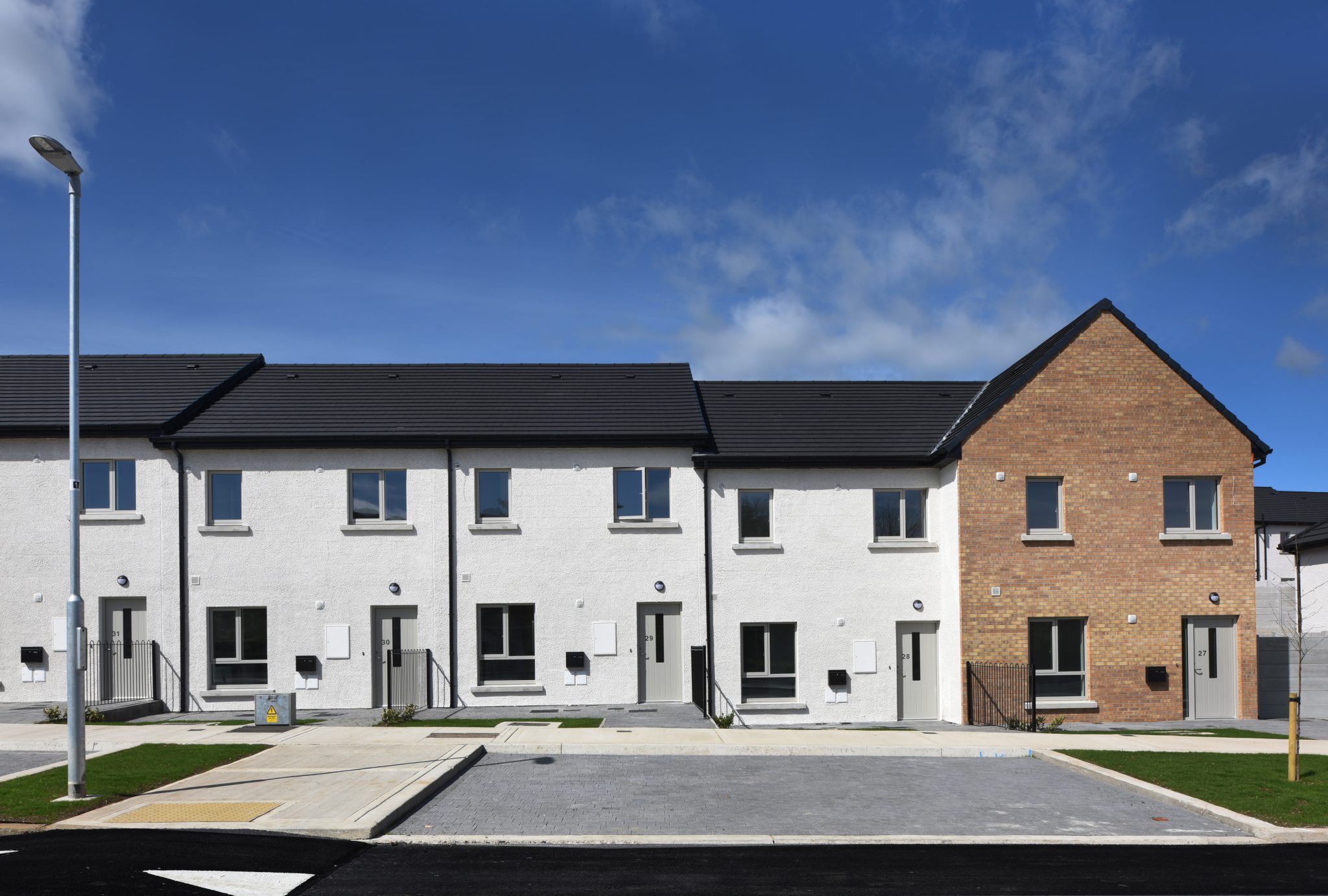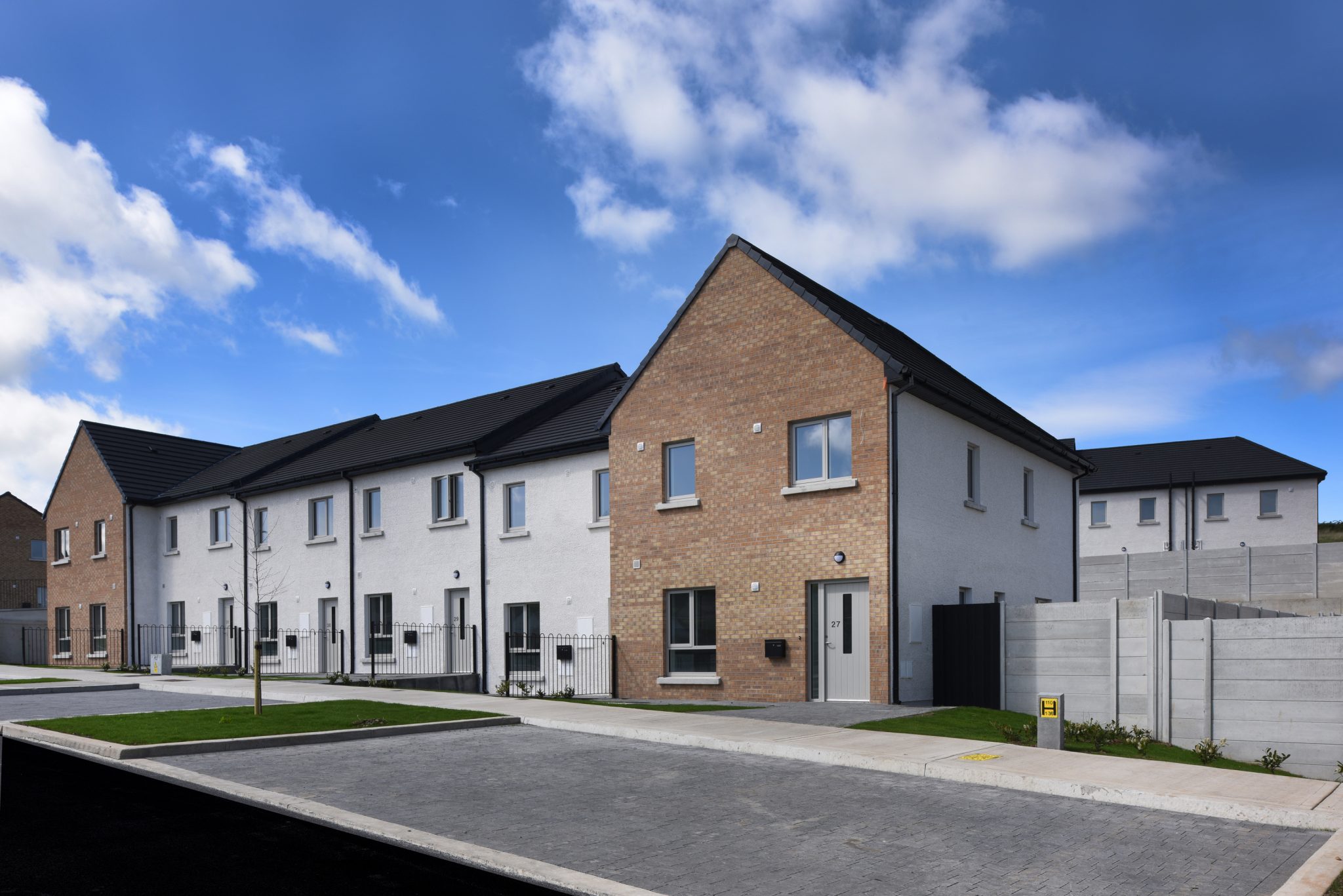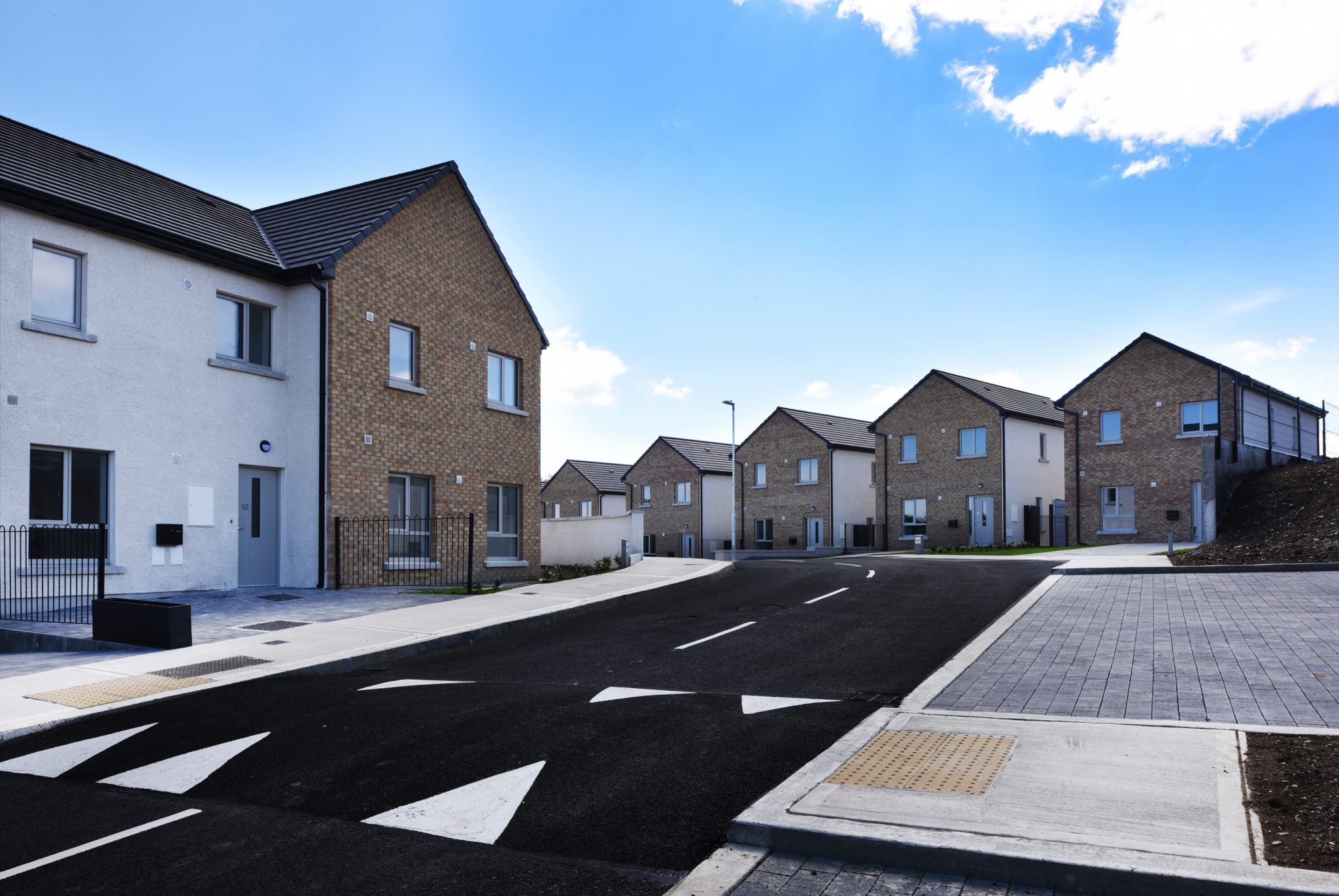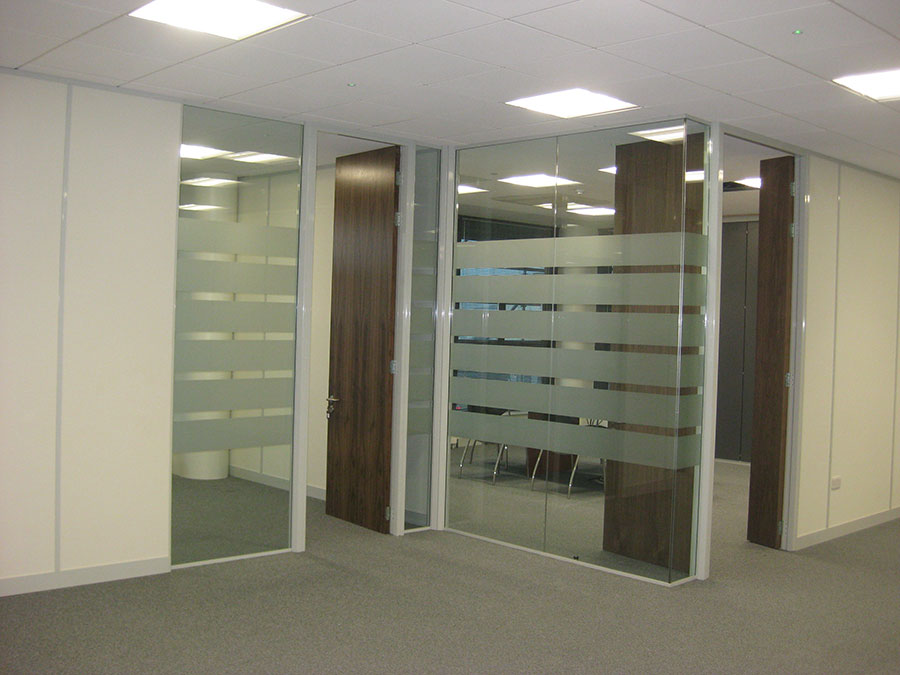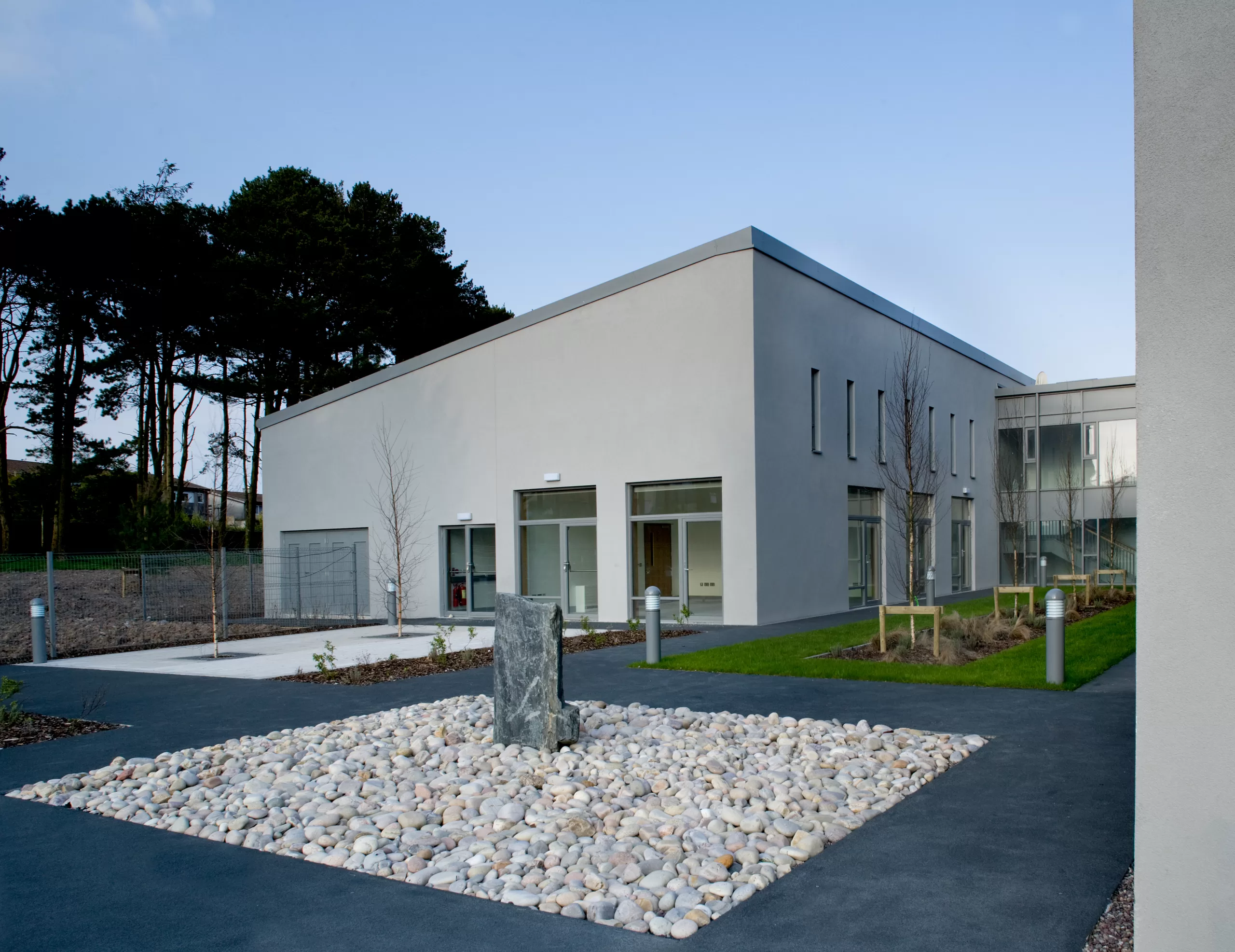The project consisted of the design and construction of 40 No. Accelerated Delivery social housing dwellings on a site at Ashtown Lane, Wicklow. The development consisted of three-bedroom, five-person, two storey terraced houses: two-bedroom, four-person, two storey terraced houses: and one bedroom, two-person one storey, which sit comfortably in context with the surrounding existing housing.
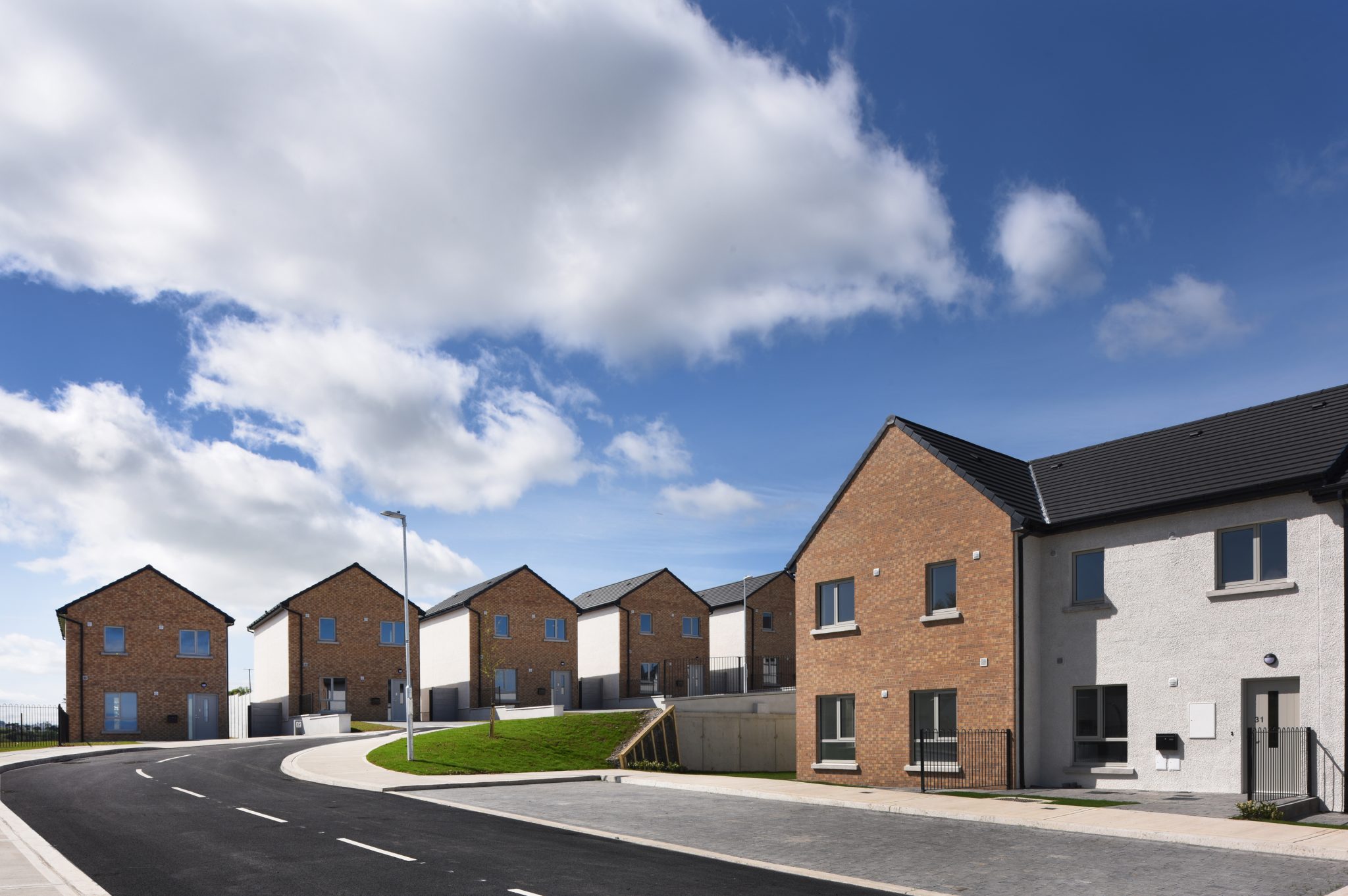
Ashtown Lane, Co. Wicklow: Social Housing
-
Client
Wicklow County Council
-
Location
Wicklow
StageCompleted March 2022
-
Client
Wicklow County Council
-
Status
Completed March 2022
Requirements:
- Structural frame comprising panelised light gauge steel frames (LGSF) with integrated insulated wall panels built off site and delivered flat packed to the site for completion and delivery in a very short time period.
- The LGSF system includes frames to form wall panels which have a PIR insulation board fixed to the steel studs that form the frame and have a polyurethane foam spray applied to the inside of the insulation board to provide continuously sealed frame to enhance insulation properties and air tightness.
- Achieving an A2 rating using triple glazed windows and air-tight membranes and built to a very high standard, meeting the requirements and to the satisfaction of Wicklow County Council.
- The building fabric incorporates a high standard of insulation, triple glazed windows and air to water heat pump to meet an A2 energy rating.
- The external façade of the houses are built with an external leaf brick and plastered blockwork tied back to the LGSF frame with abbey slot channels and masonry ties.
- Internal party walls built to meet onerous thermal conductivity, acoustic and fire resistance requirements. High standard of internal finishes throughout including kitchens and bathrooms.
- The floor joists span from party wall to party wall and are comprised of studs configured to form a 250mm deep truss with internal opes to allow services through and an OSB timber board is used to tie the joists at 600mm nominal centres to form a cassette.
- The roof structure is formed using metal studs configured as an A-frame steel truss spanning from front external wall to rear external wall.






